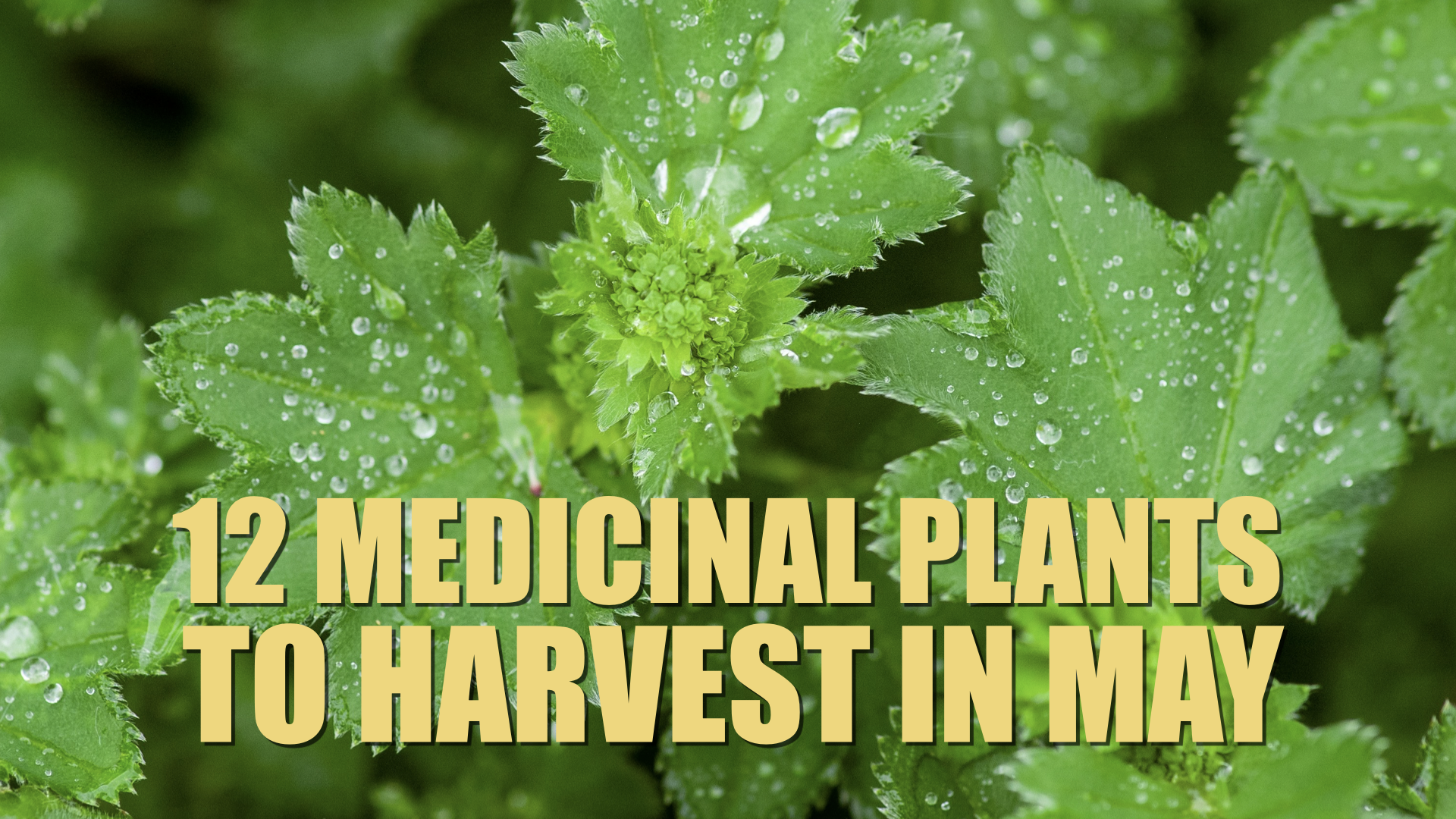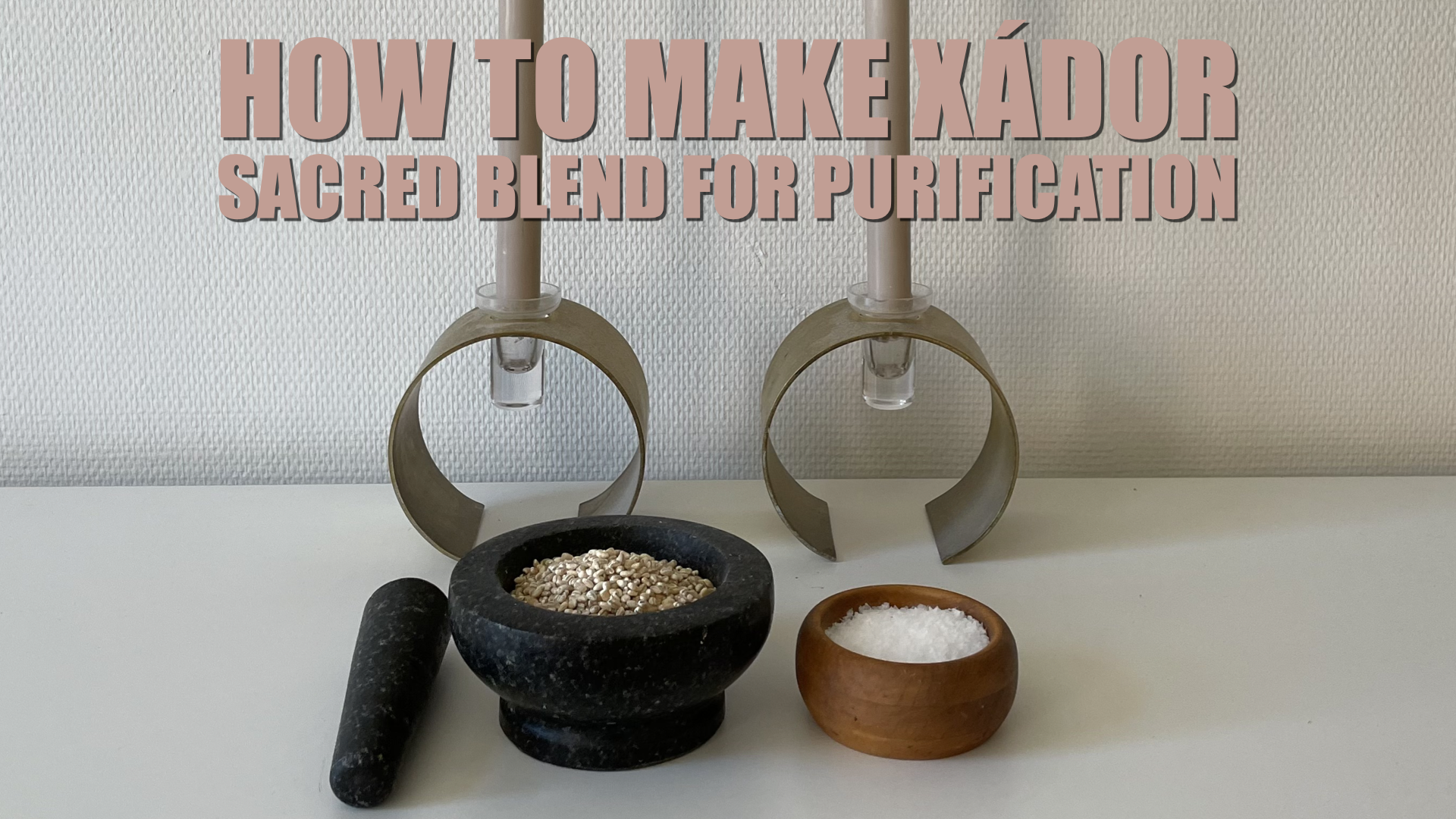As nature bursts back into life, May offers a wealth of medicinal plants ready to be harvested. Spring is one of the best times to forage, as many herbs are at their most potent just before or during flowering. Whether you’re seeking natural remedies, building your herbal toolkit, or simply want to deepen your bond with the natural world, these 12 plants are your green allies — and May is the time to meet them.
As the chill of winter loosens its grip, the days lengthen and the earth begins to stir, something ancient calls from the hedgerows, meadows, and woodland edges. It’s a whisper from the green world — a reminder that healing has always grown at our feet.
May (and late spring in general) is a magical month for foragers and herbalists. With each new bud and leaf comes the chance to reconnect with the rhythms of nature and reclaim traditional wisdom that has quietly passed through generations. Plants you can find on your daily walk, hiding in plain sight, bursting with medicinal potential. Every year people walk right past powerful medicinal plants without ever realizing it — this article is your reminder not to miss nature’s most generous season.
May – the herbalist’s secret season
Spring is more than a change in weather — it’s a surge of life. Plants that have lain dormant through the cold months are now pushing up with purpose, packed with nutrients and potent energy. For the herbalist, this is a time of abundance and opportunity.
In May, many medicinal plants are at their most vibrant and vital stage. Leaves are still young and tender, flowers are just beginning to bloom, and roots retain a deep reservoir of stored energy. This is when the plant’s medicinal constituents — such as volatile oils, alkaloids, and flavonoids — are often at their peak. In other words, if you want the strongest medicine, this is the time to gather it.
Spring herbs also tend to align perfectly with the body’s natural rhythms. Just as the earth is cleansing itself of winter’s heaviness, many traditional spring herbs — like nettle, dandelion, and cleavers — help the body do the same. They support detoxification, stimulate sluggish digestion, and boost circulation and vitality after the slower, heavier months of winter.
There’s also something deeply intuitive about foraging in May. The light is soft, the air is fragrant, and the world feels generous again. It’s the ideal moment to reconnect — not only with the land but with yourself, your health, and the ancient practice of gathering medicine from the wild.
Whether you’re an experienced herbalist or simply curious about natural remedies, this is the perfect season to reconnect with traditional plant medicine. But before you head out with your basket and guidebook to gather, remember: foraging is not just about collecting — it’s about relationship. A respectful connection to the plants, the land, and the ecosystems we walk through is what truly makes someone an herbalist. Always forage responsibly. Make sure you’re confident in plant identification, avoid polluted areas, and never take more than you need. With that in mind, here are 12 medicinal plants you can collect this spring.
Nettle (Urtica dioica)
Where to find it: Woodland edges, meadows, riverbanks
Parts used: Young leaves
Often dismissed as a nuisance, stinging nettle is actually a powerhouse of nutrition and healing. Rich in iron, calcium, and vitamins A and C, it supports detoxification, reduces inflammation, and may help with seasonal allergies and acne. It’s also histamine-suppressing. Harvest with (waxed) gloves and cook or dry the leaves to neutralize the sting.
Traditional uses: Blood tonic (iron deficiency, anemia, to create new blood), joint pain relief, allergy support, histamine suppressant, acne, psoriasis, urinary infection, eczema, nettle soup
Dandelion (Taraxacum officinale)
Where to find it: Lawns, pastures, roadsides
Parts used: Leaves, flowers, roots
Every part of this common weed is medicinal. The bitter leaves support liver function and digestion, while the root acts as a gentle diuretic and liver cleanser. Dandelion flowers can be infused in oil for skin salves or made into soothing teas.
Traditional uses: Liver support, liver cleanser (use the root), digestive aid (leaves), gastric catarrh, skin conditions.
Cleavers (Galium aparine)
Where to find it: Hedgerows, moist woodlands
Parts used: Aerial parts (before flowering in June)
Cleavers are easily recognized by their clingy stems and tiny, whorled leaves. This lymphatic tonic is best harvested young and used fresh in teas or tinctures. It’s traditionally used to support the lymphatic system and to aid in detoxification.
Traditional uses: Lymphatic cleanser, urinary support, skin health.
Lady’s Mantle (Alchemilla vulgaris)
Where to find it: Meadows, forest edges, damp grassy areas
Parts used: Aerial parts (leaves, flowers)
Lady’s Mantle is a soft, low-growing plant known for its dew-collecting, pleated leaves. Long associated with women’s health, it’s traditionally used to support menstrual balance, ease cramps, and aid post-partum healing. It’s mildly astringent, making it useful for wound care and digestive complaints as well.
Traditional uses: Menstrual support, soar throat (make a gargle), problems with the genitals (make a decoction and rinse), wound healing, mild astringent for diarrhea.
Forsythia (Forsythia spp.)
Where to find it: Gardens, parks, hedgerows (commonly cultivated)
Parts used: Flowers
A harbinger of spring, Forsythia bursts into bright yellow bloom before its leaves appear. In traditional medicine, the flowers are used for their anti-inflammatory, antiviral, and detoxifying properties. Often included in immune-supporting formulas like Yin Qiao San.
Traditional uses: Immune support, clearing heat, early-stage colds.
Cowslip (Primula veris)
Where to find it: Grasslands, open woodlands, sunny meadows
Parts used: Flowers and leaves
This cheerful yellow wildflower has gentle sedative and anti-inflammatory properties. The flowers have been used in teas for anxiety, insomnia, and respiratory issues like coughs and bronchitis. It’s also rich in saponins, which help loosen mucus. Please remember that cowslip is protected in certain areas!
Traditional uses: Calming nerves, easing coughs, mild pain relief.
Sweet Violet (Viola odorata)
Where to find it: Shady woodland edges, garden beds, hedgerows
Parts used: Flowers and leaves
Delicate and fragrant, sweet violet has both a rich folk tradition and practical use. It’s known for its soothing effects on the respiratory system, mild laxative properties, and gentle lymphatic support. Violet leaf is also used in salves for skin inflammation.
Traditional uses: Respiratory relief, respiratory infection, dry cough, lymphatic cleanser, skin soothing.
Raspberry Leaf (Rubus idaeus)
Where to find it: Forest edges, brambles, hillsides
Parts used: Leaves (preferably young and tender)
Famous as a women’s herb, raspberry leaf is rich in minerals and often used to tone the uterus, particularly in the later stages of pregnancy. It’s also a general astringent and tonic, beneficial for digestive health and mild diarrhea. Pick raspberry leaves before the plant fructifies.
Traditional uses: Uterine tonic, menstrual support (reduces bleeding), great in late pregnancy, digestive astringent.
Wood Sorrel (Oxalis acetosella)
Where to find it: Moist, shady forests, mossy areas
Parts used: Leaves and flowers
Wood sorrel has a fresh, lemony taste due to its oxalic acid content. But don’t eat it as it is. Traditionally used to cool fevers and support digestion, it’s a refreshing herb in moderation. Its sour taste can stimulate appetite and digestion.
Traditional uses: Fever reduction, vitamin C, gentle digestive aid, spring tonic.
(Note: Avoid large amounts due to oxalic acid.)
Wild Strawberry Leaf (Fragaria vesca)
Where to find it: Woodland paths, meadows, grassy clearings
Parts used: Leaves (before flowering is ideal)
Wild strawberry leaves are mildly astringent, mineral-rich, and excellent in herbal teas. They support digestion, soothe inflammation, and may help with mild diarrhea or urinary issues. Pleasant tasting and gentle on the system.
Traditional uses: Digestive support, stomachaches, mild diuretic, strengthens the bacterial flora, mouth/throat inflammation, can be used to make a great face wash/toner.
Birch Leaf (Betula pendula / Betula pubescens)
Where to find it: Forests, parkland, hillsides (common in Northern Europe)
Parts used: Young leaves
Should be picked before Midsummer! Birch leaves are invigorating and detoxifying. They’re used to support kidney and liver function, ease rheumatic conditions, and promote the elimination of excess fluids. Often taken as a spring tonic tea to support metabolic renewal.
Traditional uses: Kidney support, clears out waste products, rheumatism/pain relief, spring detox. You can make a pain-relieving oil with it – mix it with olive or rapeseed oil, let it stand in a sunny window a couple of weeks and then lubricate soar areas.
Pine Needles (Pinus sylvestris)
Where to find it: Coniferous forests, especially in cooler regions
Parts used: Fresh needles
Pine needles are rich in vitamin C and aromatic oils, making them excellent for boosting immunity and clearing the respiratory tract. Pine tea has a long tradition in folk medicine for treating colds, congestion, and fatigue. The scent itself is uplifting and cleansing.
Traditional uses: Respiratory support, helps with pollen allergies, immune booster, mental clarity. Take for example 10 pine needles, put them in a liter of cold water, put it in the fridge overnight, strain the needles in the morning and then have yourself a glass!



